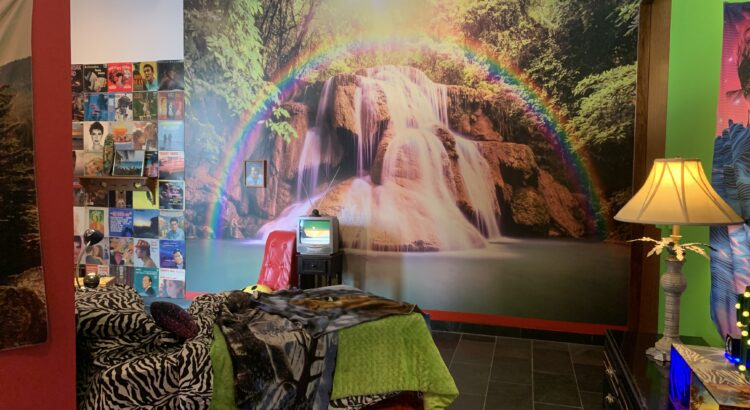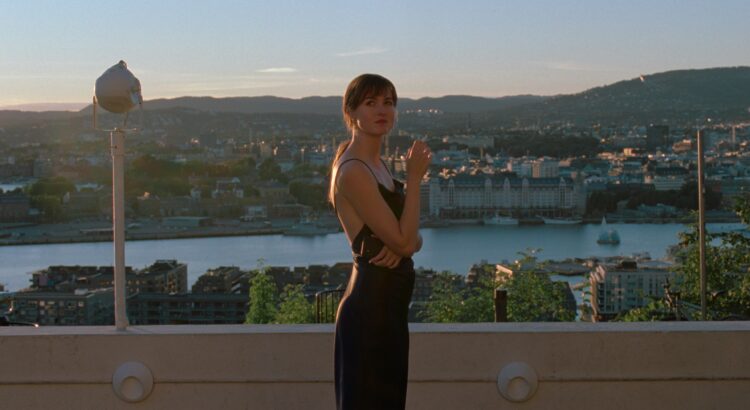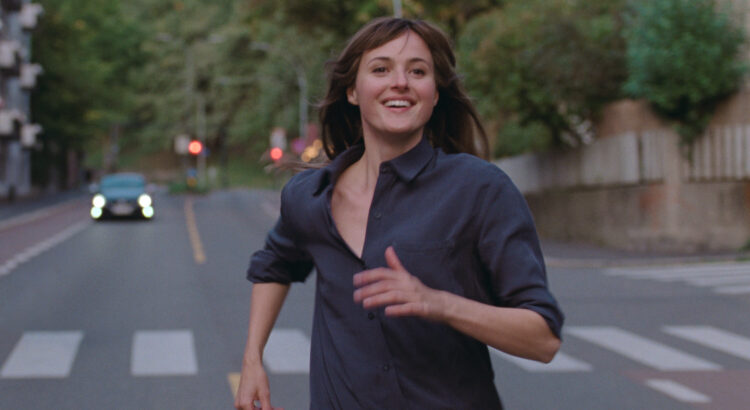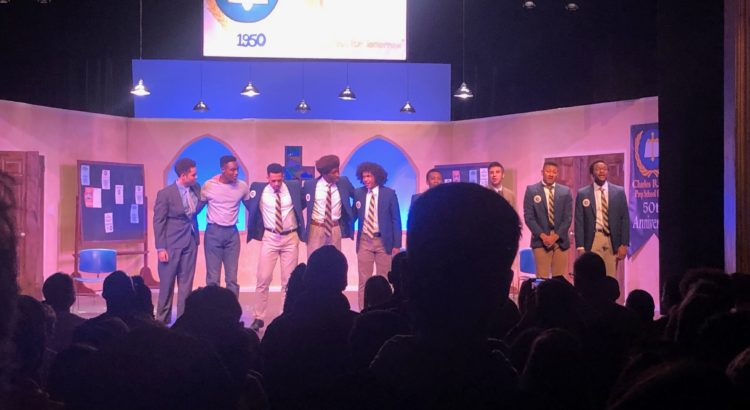As an artist who is afraid of heights, the idea of painting a mural has always given me a shiver. I could not imagine being on a lift, hovering a paint brush or spray can over the side of a building. This has always been something I’ve been ashamed of because murals are a work of art for the people and they have a great benefit to the community. It could not be more true than in the Ann Arbor community. With the Ann Arbor Art Center (A2AC) pushing to add more murals, there is more art than ever in the city.
This past Friday, I wandered to the A2AC on Liberty Street. A chatting group, iced coffee, and cookies that felt all too early in the morning to eat for a college student like me (even at noon) awaited. We all gathered here for a tour of the city’s 15 murals put in place with the help of A2AC.
Most of the murals appeared in the time that I lived in Ann Arbor. However, because of covid constantly moving me away from Ann Arbor and living in a dorm without a centralized location to downtown my freshman year, I wasn’t able to admire the way that these murals were really transformed the city. I think a page in the Murals activity book describes this change the best. It shows the before and after shots of the bland buildings and the shots of them after they have been painted. I feel like the image speaks for itself on the effect that the murals have had.
On the walk, we stopped to admire many murals. Some were grand and impossible to miss. Others were fun and almost Easter egg-like, like the orange man on top of the A2AC. I discovered my favorite mural in the alley way of the Blind Pig. Painted by Chris, it depicts red dokkaebi which are inspired by Korean folklore. Their mischievous spirit pairs well with the late night crowds that gather in the alleyway. Sometimes it seems that the young adults and dokkaebi share the same energy and spirit.
Overall, I would highly recommend checking out the city’s murals so you can pick out a favorite of your own. While you may not be able to have a guided tour like I did, the A2AC offers an online mural guide and activity book so you can go on a self guided tour.












